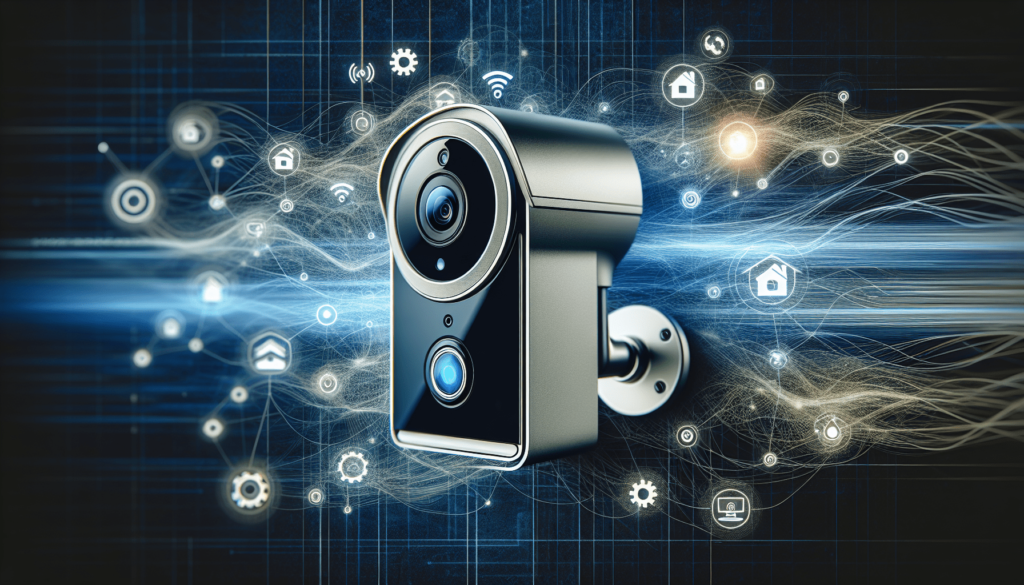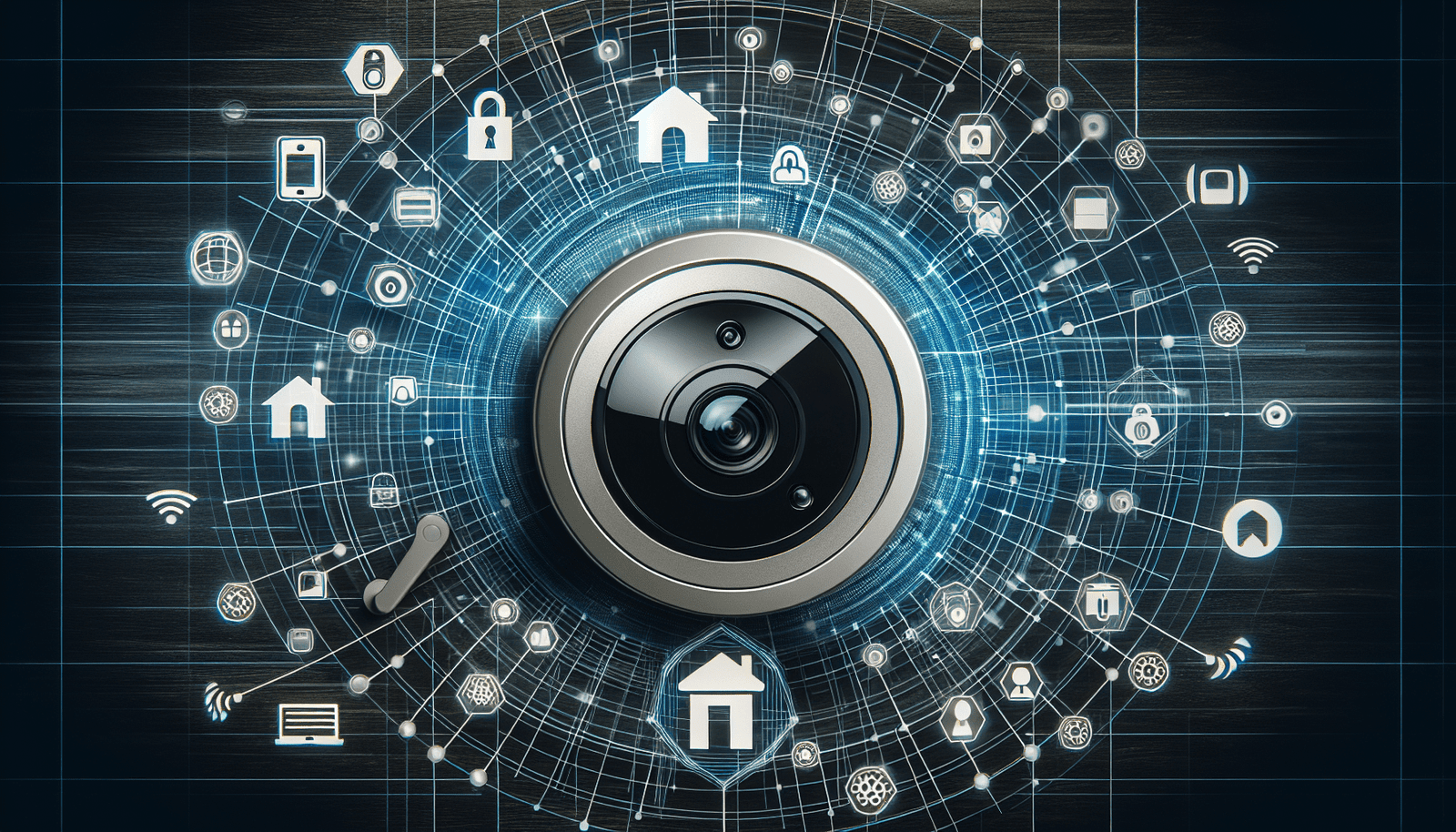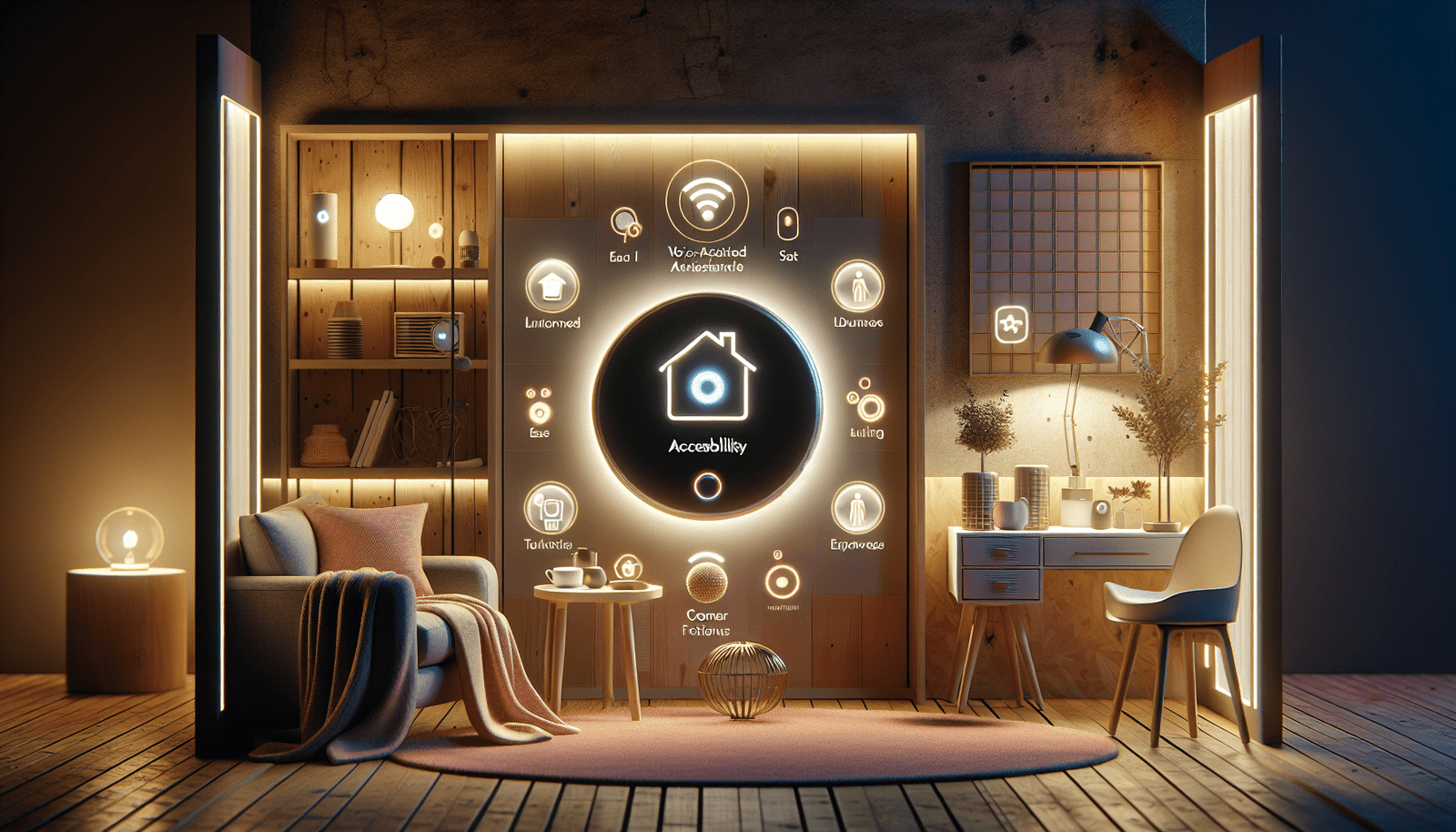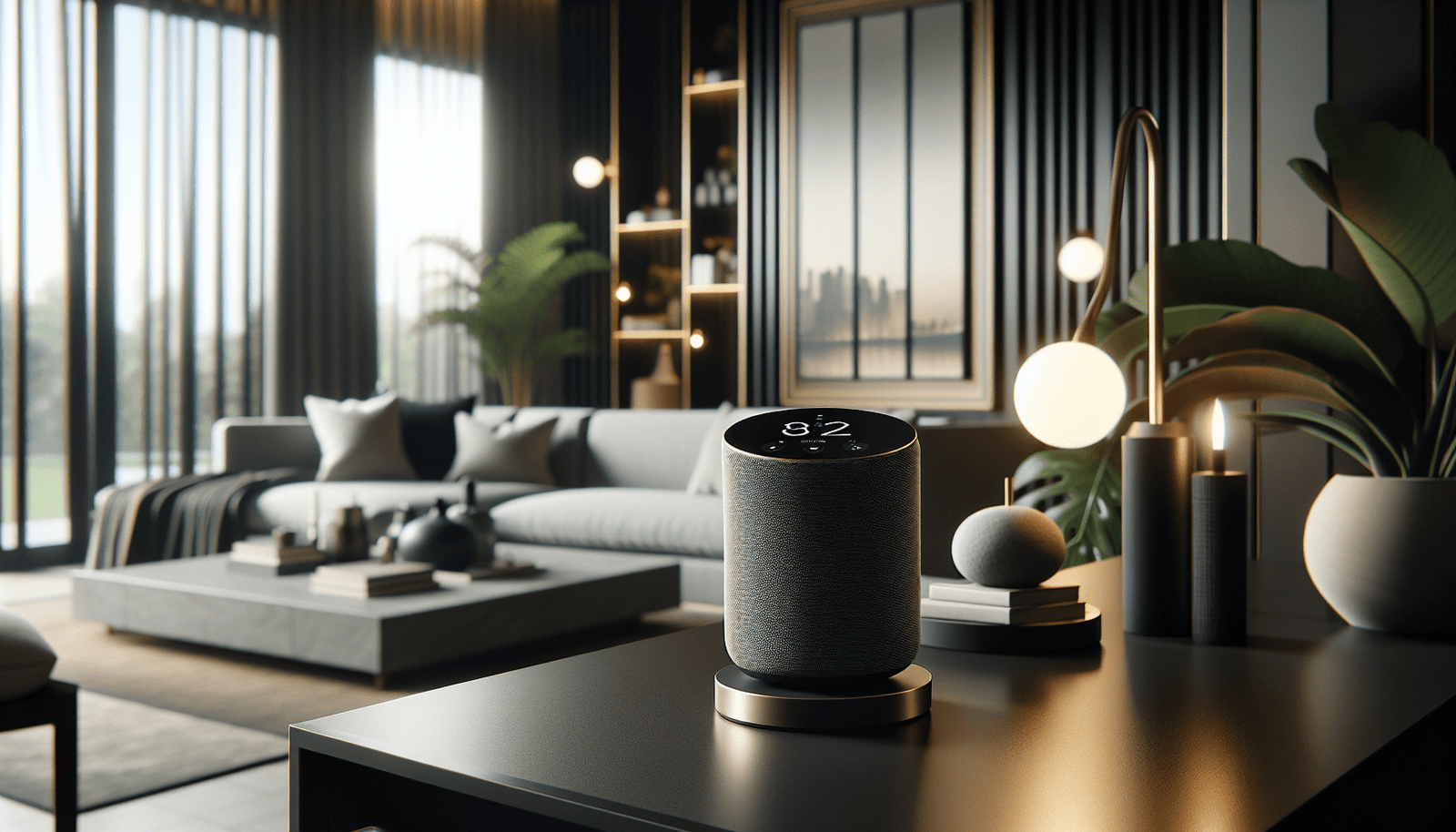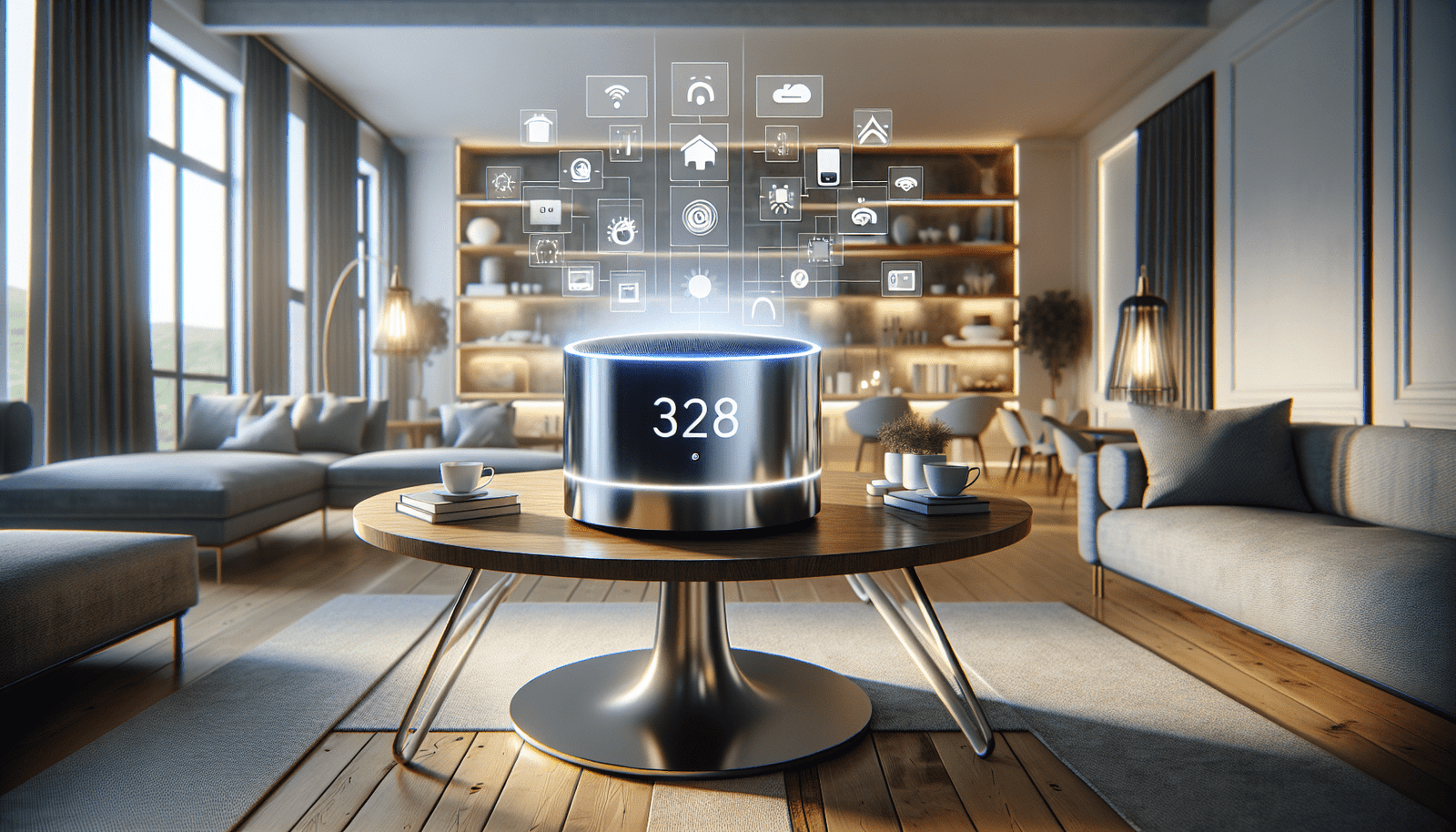Have you ever wondered what it takes to create a smart home security system that’s both effective and suited to your needs? With the rise of smart technology, protecting your home has never been more efficient or customizable. Whether you’re a homeowner, a renter, a tech enthusiast, or someone who simply wants more control over your living environment, understanding the intricacies of smart home security can be incredibly beneficial.
Understanding Smart Home Technology
Before you dive into the specifics of setting up a smart home security system, it’s important to familiarize yourself with smart home technology as a whole. Smart home technology refers to the incorporation of internet-connected devices into the management and automation of home operations. This can range from simple tasks like adjusting the lighting to more sophisticated systems that involve controlling security cameras and alarms. Smart devices utilize wireless communication protocols such as Wi-Fi, Bluetooth, Zigbee, and Z-Wave to interact with each other and with centralized control systems.
The Evolution of Smart Home Devices
Smart home devices have come a long way from being luxury items to becoming more accessible and essential for homeowners and renters alike. These devices not only enhance convenience but also add layers of security, providing peace of mind to users. From smart doorbells to intelligent motion sensors, there’s a vast array of devices designed to protect and automate different aspects of your home.
The Benefits of Smart Home Living
Embracing smart home technology can transform how you interact with your living space. Some advantages include energy savings, increased security, and the ability to monitor your home remotely. Moreover, smart homes can adapt to your lifestyle, allowing seamless integration of devices that cater to your personal preferences.
Key Considerations for Setting Up a Smart Home Security System
When setting up a smart home security system, there are several key factors that you’ll need to think about to ensure that the system is effective and meets your needs.
Defining Your Security Needs
First, consider what aspects of home security are most important to you. Do you want to monitor access points like doors and windows? Are you interested in surveillance cameras for both the interior and exterior of your home? Having a clear understanding of your priorities will help you choose the right devices.
Budget and Cost Considerations
While smart technology can offer long-term savings, the initial setup can be a significant investment. Consider the costs of individual devices as well as any additional subscriptions for services like video storage or professional monitoring. Balance these costs against your budget to find a solution that offers both security and value.
Choosing the Right Devices
With an understanding of your needs and budget, the next step is selecting devices that match these criteria. Here are some common smart security devices and their functionalities:
- Smart Cameras: Offer real-time video monitoring and recording, often featuring motion detection and night vision.
- Smart Locks: Allow for keyless entry and can be controlled remotely, adding an extra layer of security to your home’s access points.
- Smart Alarms: Integrate with other devices to provide alerts in case of unusual activity or break-ins.
- Video Doorbells: Enable you to see and communicate with visitors even when you’re not home.
Integration and Compatibility
Once you’ve selected your smart devices, it’s crucial to integrate them into a cohesive system. Make sure your devices are compatible with each other and with any existing systems. Consider choosing devices from the same manufacturer or those that support widely-used smart home platforms like Amazon Alexa, Google Assistant, or Apple HomeKit to ensure smooth operation.
Installation and Setup
Setting up a smart home security system might seem daunting, but many devices are designed for easy installation by the homeowner. Devices often come with step-by-step guides. However, for more sophisticated systems, you might consider hiring a professional to ensure that everything is installed correctly.
Privacy and Security Measures
Smart devices enhance security but could potentially open you up to new vulnerabilities if not properly secured. Make sure to follow best practices such as using strong, unique passwords, keeping your software up to date, and utilizing two-factor authentication when available.
Evaluating Energy Efficiency
Smart devices often contribute to a home’s energy efficiency. For instance, you can schedule devices to turn off when not in use or use energy-efficient designs that lower your electricity bill. Evaluate the energy efficiency of each device and how they contribute to reducing overall home energy consumption.
Future-Proofing Your System
Technology is continually evolving, and future-proofing your smart home system ensures it remains effective and reliable. Choose devices and systems that can be updated and are compatible with upcoming technologies. Keeping an eye on emerging trends will help you make informed decisions about upgrades.
Real-World Use Cases and Examples
To give you a better idea of how smart home security systems can be applied, consider these real-world examples:
-
Urban Apartment Living: For a renter in a city apartment, a smart video doorbell and a smart lock could provide security without modifying the physical structure.
-
Suburban Family Home: A family home could benefit from comprehensive coverage including security cameras, alarms, and smart lighting that simulates occupancy when away.
-
Vacation Property: Real estate investors with rental properties might incorporate smart locks and cameras to monitor properties remotely, enhancing security between guest stays.
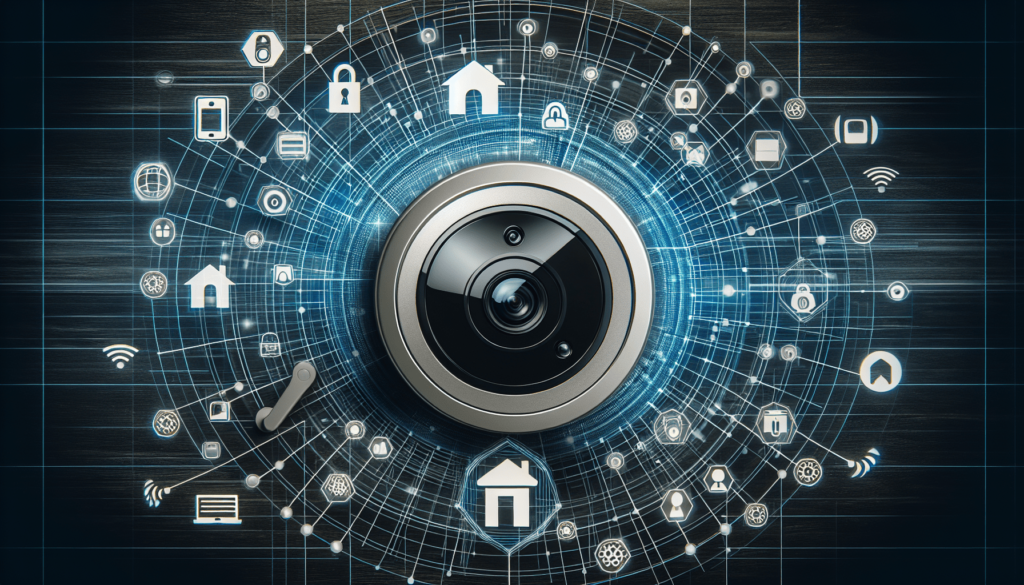
Addressing Common Questions and Misconceptions
As you consider setting up a smart home security system, you might have some questions or misconceptions. Let’s address a few common ones.
Are Smart Home Devices Only for New Homes?
Absolutely not. Smart home devices can be integrated into any home, whether new constructions or older residences. The key is choosing devices that suit your specific living environment.
What If I Move?
Many smart home devices, especially those designed for renters, are portable and can be taken with you to your next home. Devices like smart plugs, video doorbells, and smart lighting solutions are easy to install and uninstall.
Do Smart Devices Compromise My Privacy?
While smart devices offer great benefits, they can potentially be targets for hackers. Maintaining good digital hygiene—such as updating firmware regularly and using secure passwords—will greatly minimize these risks.
Is It Really Worth the Investment?
Smart home technology can significantly enhance security and convenience, potentially leading to energy savings and increased property value. Weigh the upfront costs against these benefits to determine if it’s a worthwhile investment for you.
Conclusion
Setting up a smart home security system involves careful consideration of your specific needs, budget, and lifestyle. Understanding the technology and choosing the right devices that offer compatibility and security is crucial. With the right setup, you can enjoy enhanced security, energy efficiency, and a more convenient living space. As technology evolves, staying informed will help you make the best decisions for your home security and overall smart living experience.
